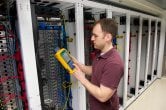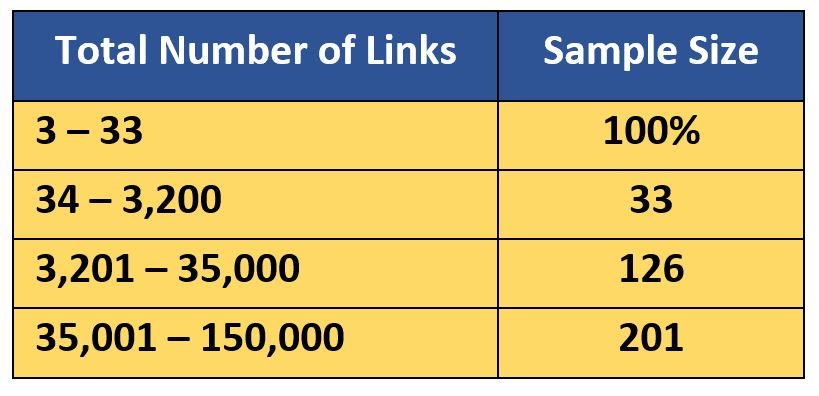Cabling Mistakes #4: “Winging it” on Alien Crosstalk Compliance
December 30, 2015 / General, 101 learning, Installation and testing, Upgrading and troubleshooting, Best Practices
While the smart people who install, test and certify network cabling plants know the importance of meeting standards performance parameters and ensuring application support, even the best of us can make mistakes that adversely impact the bottom line and customer satisfaction.
Let’s take a look at the #4 Dumb Thing that smart people do when testing network cabling systems— “Winging it” on Alien Crosstalk compliance.
On the Hook of Off?

Alien Crosstalk is the key performance parameter that can impact the ability of 10GBASE-T to operate, representing more than 90% of the total allocated noise budget. To certify a copper system for 10GBASE-T, Alien Crosstalk testing is therefore required. But in reality, all testing is optional. If everyone—the customer, installer, consultant and cabling vendor—is in agreement to not test for Alien Crosstalk, then technically you are “off the hook.”
But to truly demonstrate compliance for 10GBASE-T applications, you are still “on the hook.” Besides, given the importance of the Alien Crosstalk parameter, most cabling vendors will not warranty a system without testing it. “But it’s not economically feasible or practical to test all of my links for Alien Crosstalk compliance,” you say? That’s why standards recommend specifying a sample size for Alien Crosstalk testing.
What do I test?
When specifying a sample size for Alien Crosstalk testing, the ISO/IEC 61935-1 standard recommends testing a sampling size as shown in the table. The standard also recommends testing an equal number of short, medium and long disturbed links and also states that if three of each of these disturbed links exceeds 5 dB in margin, it’s okay to stop testing.

To ensure that the connectors and cables will meet requirements for PS ANEXT and PS AACR-F, you will need to specify a sample size for Alien Crosstalk testing per standards recommendations.
When choosing your disturbed links, it doesn’t make sense to choose the link that terminates at the end of a row of connectors as this is not the worst case scenario—the disturbed link should be surrounded by connectors above and below. But make sure the disturbers are in the same bundle—Alien Crosstalk across cable bundles is not considered significant.
Shielded from Testing?
Shielded cabling offers far superior noise immunity compared to unshielded, and if installed correctly, you should see hardly any Alien Crosstalk on a shielded cabling system. But if it’s not installed correctly, even shielded cabling can fail. And as with any cabling, what seems to be theoretically impossible seems to happen in the field.
For example, in a data center application where you are running from one grounded patch panel to another grounded patch panel, an open shield (not connected) on a cable can result in failed Alien Crosstalk testing even though Wire Map will still pass. This can be caused by not installing the shield correctly, such as clamping down on the non-conductive side of the foil in the cable.
While most testers look for simple d.c. continuity between the shield on the main unit and the shield on the remote unit, that d.c. signal will look for anyway it can to get to the remote unit—including through the common building ground to which the patch panels and racks are connected. That means that the tester will show a connected shield even when it isn’t. Thankfully this can be avoided with the DSX-5000 CableAnalyzer, which reports distance to shield integrity issues using a patented a.c. measurement technique.
Still think you can “wing it” on Alien Crosstalk testing? Think again. To certify a system, you must specify a sample size per standards recommendations—whether the cabling is shielded or not. If you don’t, you risk having to test every link for ANEXT—an extremely costly oversight.




